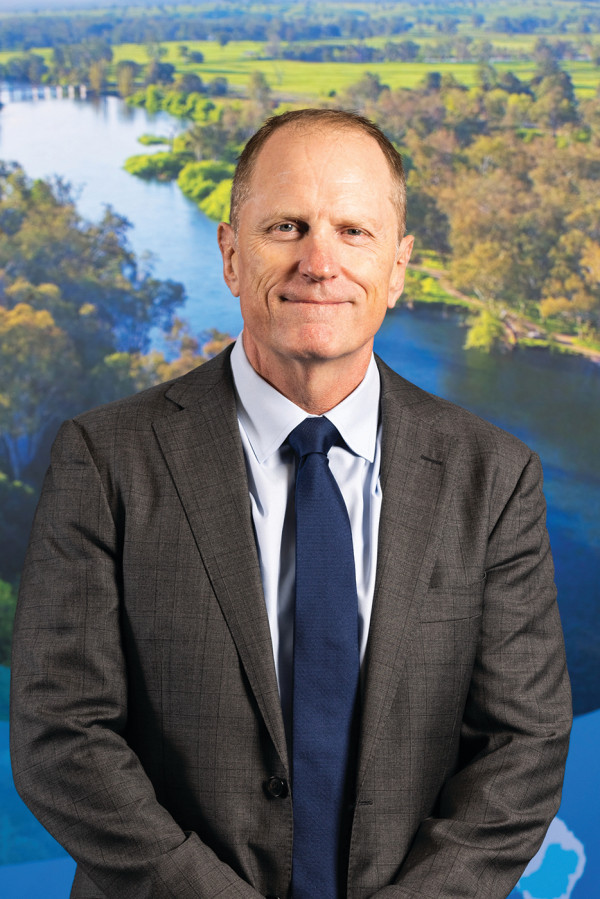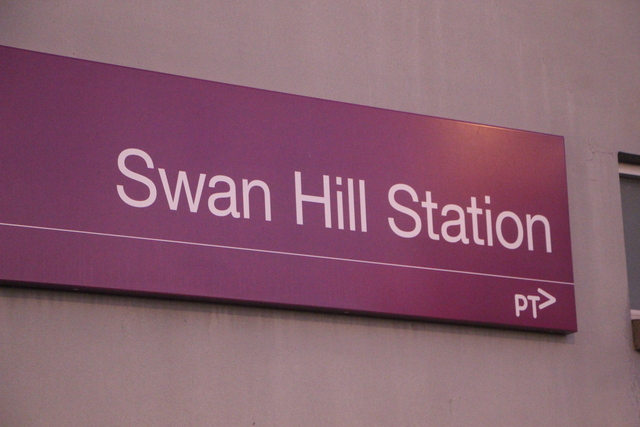THE Murray-Darling Basin Authority (MDBA) mid-year report card on the roll-out of the Murray-Darling Basin Plan shines a light on the unfinished business of the country’s most significant water reform.
The MDBA sets the amount of water that can be taken from the basin each year, while leaving enough for our rivers, lakes and wetlands and the plants and animals that depend on them.
MDBA chief executive Andrew McConville said the sixth-monthly report card, released last week, was a clear and independent assessment of where governments were making gains and where they needed to lift their game.
“The report card shows that critical elements, which will benefit basin communities and the rivers, wetlands and floodplains are well behind,” Mr McConville said.
“What the plan has achieved to date is remarkable, but we are now in the last miles of a long, hard marathon and governments need to up their pace and finish what they started 10 years ago.
“Most concerning is New South Wales’s progress to complete their water resource plans (WRP), which have moved from at-risk of delay, to high risk. All other state plans are in place and operational.
“The lion’s share of water in the basin is used in NSW, and without accredited WRPs it means NSW is working outside of the Basin’s compliance framework.The SDL Adjustment Mechanism water-saving projects in the southern basin are also slipping behind.
“With less than two years before their deadline, the seven at-risk State projects require concerted effort by basin states if they are to deliver the expected reduction in water recovery for irrigation communities.
“Delivery of up to 450 gigalitres through efficiency measures has also remained stubbornly on red on the report card dial.”
The Water for the Environment Special Account report, tabled in Parliament last week, spelt out in graphic detail the mammoth task ahead to deliver the 450GL and constraints.
“Work to achieve the 450 target, coupled with the sustainable diversion limit adjustment mechanism projects, needs to be done – only then will we see a step change in the environmental health of the basin,” Mr McConville said. “We can already see what great benefits can be achieved by returning water to the river environment, with 2100 gigalitres in entitlements secured since the start of the basin plan.
“These benefits have been evident through the hard drought years and again in the wet times that we’re experiencing now, with impressive bird breeding and fish migration under way.
“The basin plan is designed to secure a sustainable future for the environment, industries and communities, and it’s working. Now is the time to rebuild real momentum and deliver the rest of this good plan for the benefit of all Australians.”







